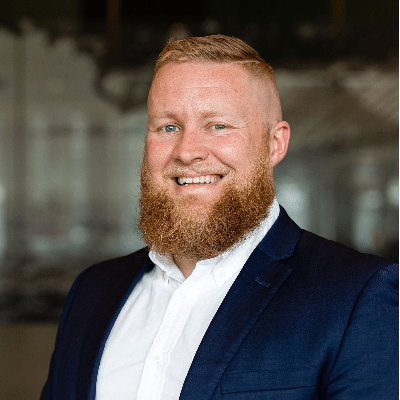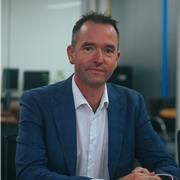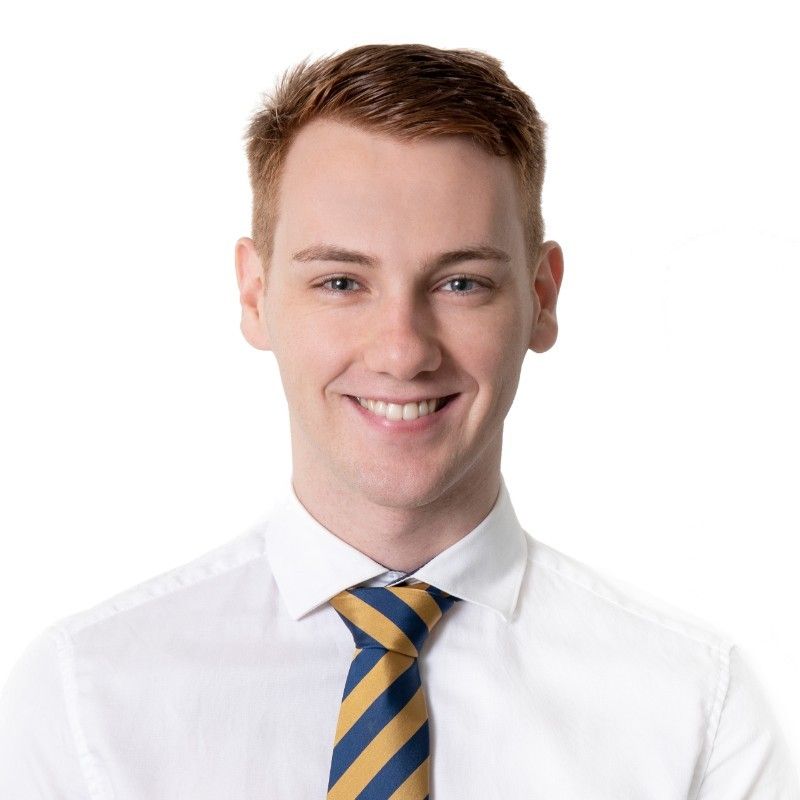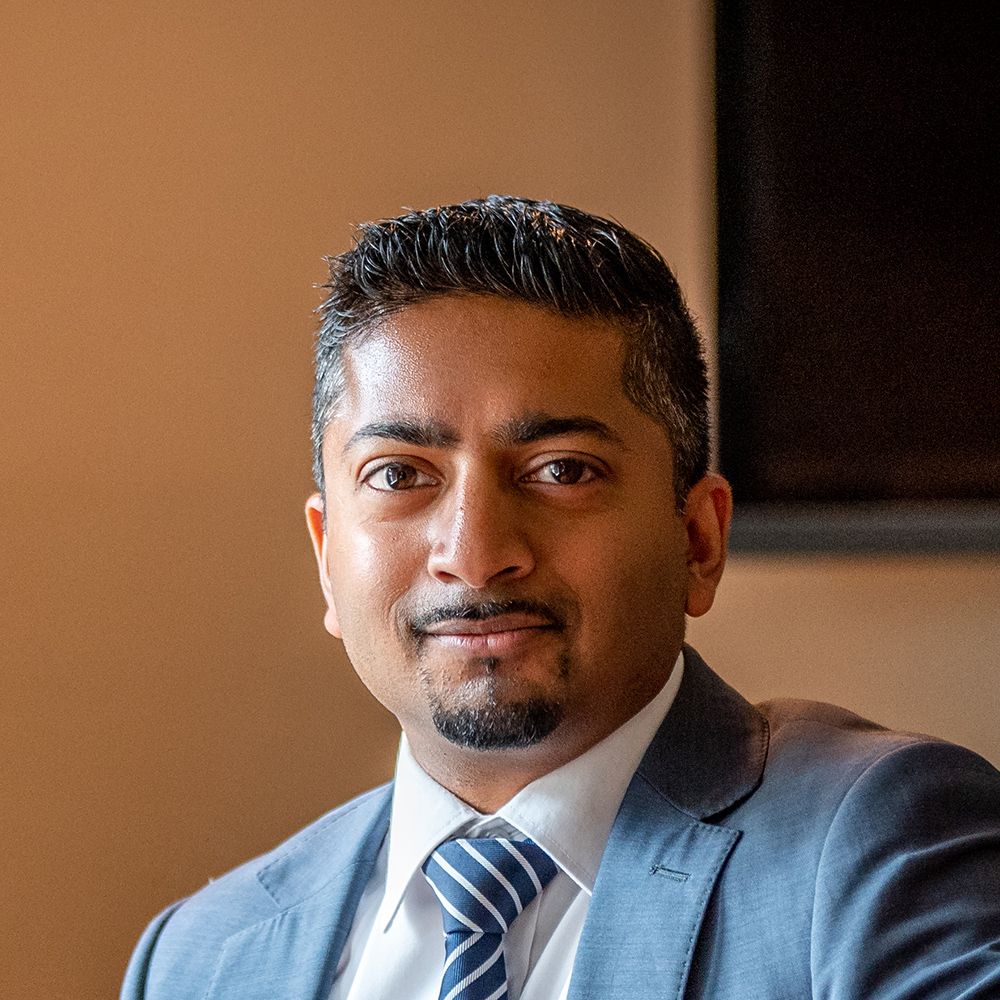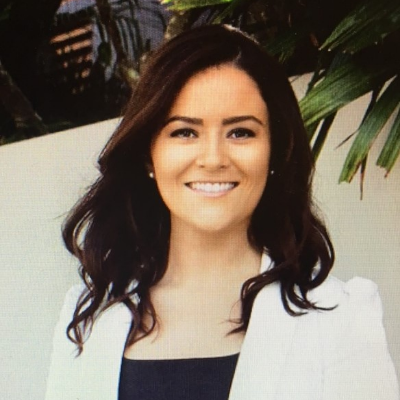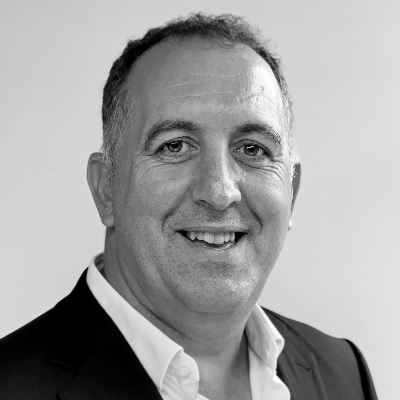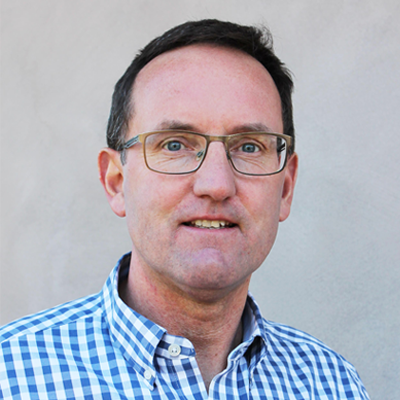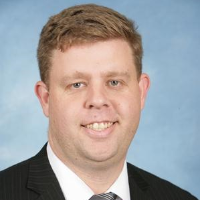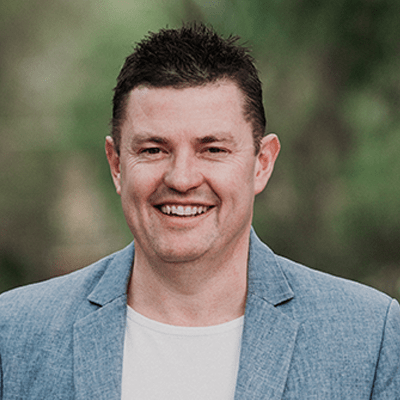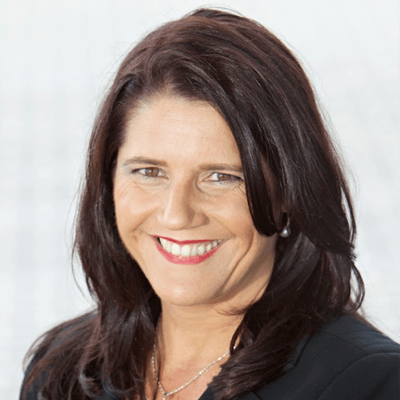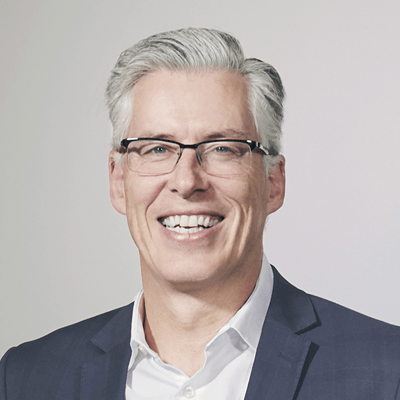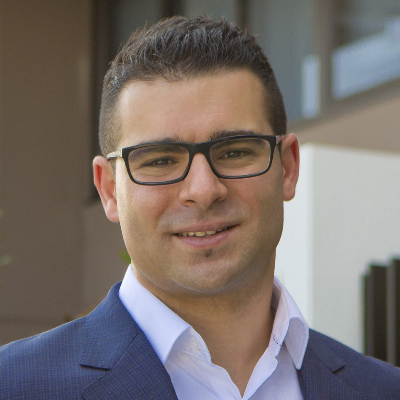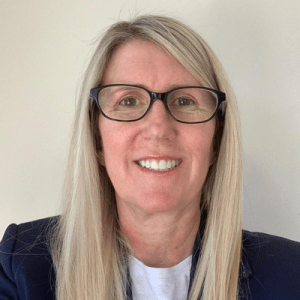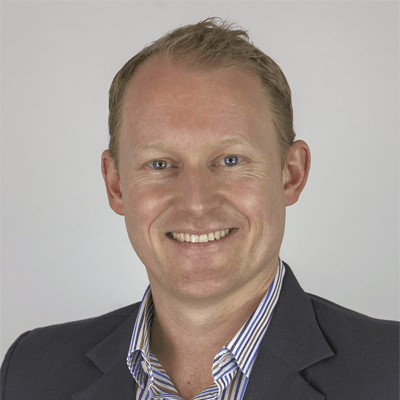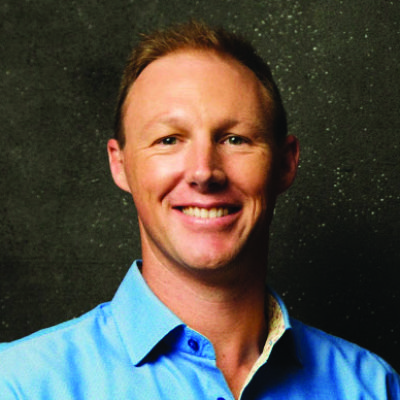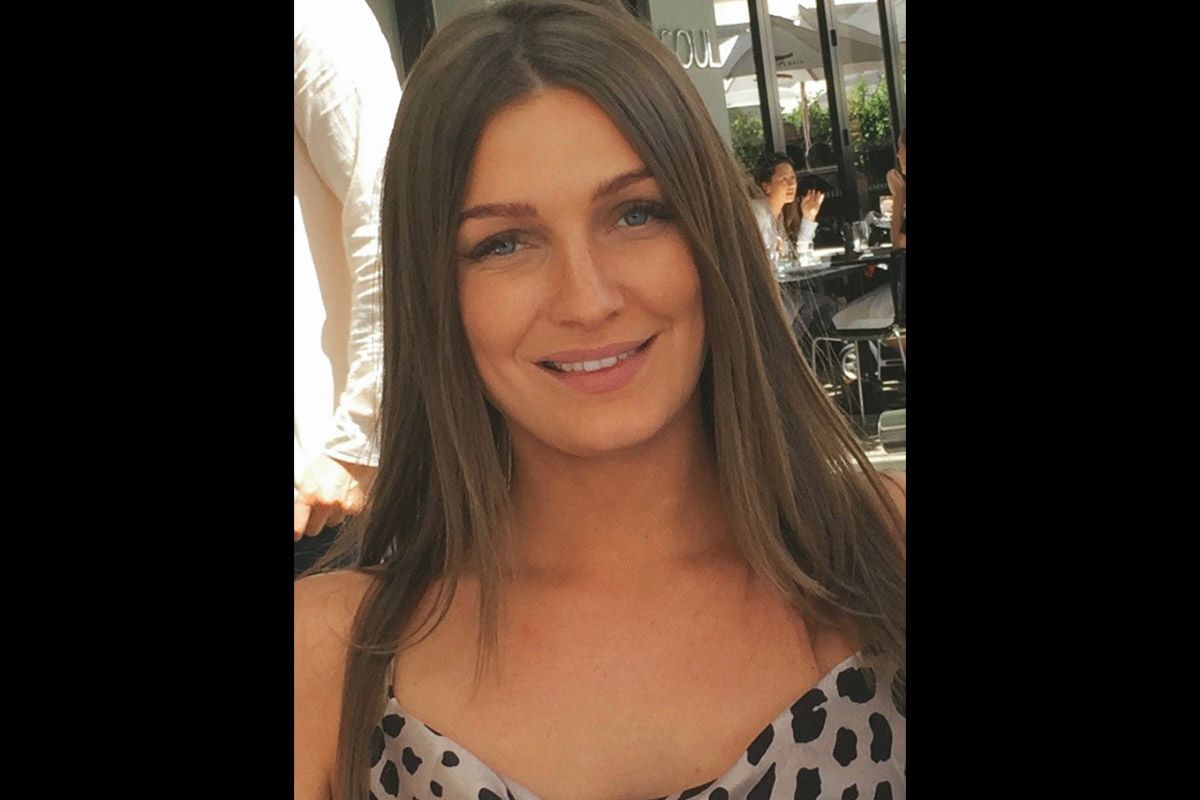
The Sage: How financial advice is changing

Welcome to The Sage, our wise and intelligent mentor. Remember, markets can go down as well as up!
This week has seen a revolution in the troubled financial advice industry. While every major bank has run a mile from advice, IOOF, which claims a 170 history in “helping Australians get back on their feet” bought MLC, which has a 130 year history in “helping Australians create confidence in their financial future”.
The price was $1.4 billion, making it either the biggest, best and slickest play – or the dumbest.
But the ructions didn’t end there. Today. AMP – started in 1849 – announced a “portfolio review” after receiving “unsolicited interest” in its assets and businesses.
So depending on what happens next, the financial advice sector will have seen one of its biggest consolidations ever.
IOOF is now, in numbers at least, the biggest player. But that’s not necessarily a good thing. Because, as the recent Royal Commission into the finance industry showed, the industry is riddled with structural problems and is crying out for reinvention.
Is the youthful IOOF chief executive Renato Mota the man to reinvent an industry sorely needed as Australian families struggle with the financial consequences of COVID-19?
The jury is out.
Giving Australia financial advice is a crucial service. It can save Canberra billions in welfare payments, and protect tens of thousands from an undignified and poverty-stricken end.
A recent survey conducted by KPMG and reported in the Financial Review shows nearly half of respondents said their finances had deteriorated thanks to the pandemic and almost 70 per cent said they had slashed spending as a result.
But while seven out of ten who sought financial advice were happy they had done so, most respondents saw financial planning as a discretionary spend, and most were not prepared to pay for it. Some 80 per cent thought online advice was better value and more flexible.
In a nutshell, this is Mr Mota’s dilemma. The problem has always been finding a business model that makes this essential service worthwhile and attracts the professionals needed to make it happen.
Like the drugs industry and your GP, there are lots of corporate players more than happy to provide the money to subsidise financial advice – so long as those dishing it out push their products.

But, as Kenneth Hayne discovered when he presented his report into the Banking, Financial Services and Superannuation Industry, that comes with a heavy ethical price.
As a result of his report and the furore that followed, the government was forced to introduce legislation that basically made the current way in which financial advice is dispensed financially unviable.
Small advisory companies run by husbands and wives, fathers and offspring – well meaning individuals who wanted to help their communities – were forced to comply with so many regulations that it drove the price beyond that which the public was prepared to pay. Others signed licence deals with major product producers, hobbling their abilities to produce advice that put the client first.
As one very senior executive at a major advisory company explained to The Sage, most Australians were prepared to pay $500 for advice – the regulations mean it cost $5,500.
Bridging that gap, communicating the value and rebuilding trust is what will be keeping Mr Mota awake at night.
He believes that only the mighty survive. The hugely rich industry super funds believe they should be ruling the roost. But there is little unity of purpose among any of them.
Small wonder Canberra is finding it hard to work with an industry that squabbles while Australians need help…and advice.
Senator Jane Hume, in charge of superannuation and financial services, is more interested in robo solutions and trialling tax agents.
So will the merger of two giants change the face of financial advice for the better?
Mr Mota obviously believes so. With $510 billion of funds under management, advice and administration following the NAB deal, IOOF will be the king of financial advice. It is thought Mr Mota believes a mix of technology and human interface can produce a new business model. But can he sell it to a cynical public?
At the same time of the MLC purchase, IOOF also announced something called ADVICE 2.0. It’s explained here
Basically, it appears to be robo advice with a human face.
Explains IOOF: “In the future, financial advice will become more digitally enabled but it will still be human-led. This will lead to the best of both worlds for advisers, where they are freed from spending valuable time on low-value tasks, like fact-finding, and instead can devote more time to the human engagement and coaching elements of financial advice.
“Not all clients require ‘traditional’ ongoing financial advice, instead, there are many potential clients who could benefit from ‘point in time’ advice, such as helping someone get their parent into aged care, or getting their aged pension arranged properly or dealing with an inheritance. These are real and genuine advice needs but are unlikely to be met because many advisers don’t have a commercially-viable way of delivering them.”
This is a promising search for new ways to deliver advice – and very much in line with what Senator Hume is looking for.
Together Australia is a campaign to get Australian families more accessible financial advice – particularly now, when they need it most.
So we’ll be watching how Mr Mota fares with considerable interest, and will keep you posted.
******************************
Warren at 90: Never mind millennials, what about the incorrigibles?
Everyone has written about the new face of investing – millennials and their sites that allow trading in the US.
But this week saw the other face. Warren Buffett turned 90 and has spent 55 years at the helm of Berkshire Hathaway.
Bill Gates baked a cake and many of the good and the great sent messages. Some or those would have come from Australia, where Warren has a big fan base.
As the Weekend Australian explained, Berkshire’s class A shares sell at around US$311,000. But Class B Berkshire Hathaway shares rank consistently among the top 10 overseas shares held by Australian retail investors.
Warren has been lagging the market this year, but his Apple stock is surging, and is now worth $120bn (he doesn’t make small bets).
******************************
Stock picking after the reporting season
So what did we learn over the reporting season? Well, some lessons always endure: companies like CSL, BHP and Wesfarmers just always seem to be on everyone’s list.
Then, there are the newbies, spurred on by the newby investors: Afterpay, for instance.
Then there are the pandemic picks: Temple & Webster, Kogan.com, Adairs – and dare we say, Harvey Norman and JB Hi Fi?
But all of this comes with an obvious warning: no one knows what happens next.
So invest to stay safe. And make sure you’re watching all the trends. Talk to an adviser!


